sidetracks & detours present PASS IT ON # 74 weekly supplement Sunday 3 11 24
sidetracks & detours
present
PASS IT ON # 74
weekly supplement Sunday 3 11 24
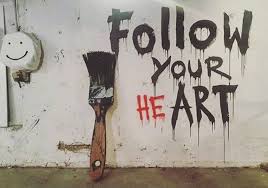
Hear The Call
COME FOLLOW YOUR ART
by Akela
I was very interested in Equity´s response to that Autumn 2024 budget.
With the big election across the water taking place next week and with the new UK government´s budget issued last week, we are living in interesting times; such times are as often a curse as a blessing. I remember some halcyon days (probably of around five years or so within ´my thirty five year ´career´).
On the day Chancellor of the Exchequer, Rachel Reeves, delivered the Autumn budget. Equity General Secretary, Paul W Fleming, commented on the Budget saying:
“The performing arts and entertainment workforce are critical to national growth and the new government’s industrial strategy. Our sectors stimulate local economies across the UK, boosting local businesses´.
That was a strong reminder that the arts might be a contributory factor to our economy and a hard-working member of the nation´s workforce.
“But twenty years of cuts at every level have seriously undermined the sector’s potential. National and local governments shouldn’t have to cut the arts to pay for basic public services.
“Today’s investment in technology and new production facilities are welcome as well as new recorded media infrastructure in the North East. Additional local authority funding should be used to restore slashed local arts budgets.
“The welcome change of tone on industrial strategy for the performing arts and entertainment industries – a result of Equity’s input with the government – needs serious cash and meaningful detail. The government’s own ambitions for our industry can’t be realised without a roadmap to investing 0.5% of GDP in these growth sectors, expanding UK film and television production, strengthening artists’ rights, regulating artificial intelligence, and abolishing the Universal Credit Minimum Income Floor, which pushes people out of creative labour markets.
“The centrality of ‘Making Work Pay’ to the budget and the growth mission is also positive, but needs to go deeper, and Equity will keep pressing Labour to ensure a positive impact for artists, especially those in precarious work paying freelance tax.
“Equity members will continue holding this government to account to deliver good work to all artists, good art to all workers and equity to all people.”
If Equity calls out on occasions if the government seems to be reneging on their promises, or Equity feels the government´s vision for the arts sector has become blurred, then this fair judgement will surely provide a firm platform from which to speak out.
However we must remember those artists who contribute so much for so little to their communities. In these pages today we praise jazz musicians who show us Music That´s Going Places, from Jazz In Reading to Ronnie Scott´s.
We look, too, at Rochdale Light Orchestra and music composer Graham Marshall.
We are sure our readers will know of other artists who make great contributions to other communities, and we hope you might like to send us details to normanwarwick55@gmail.com
We are always happy to deliver free publicity.

CONTENTS

1 ) Island Insights Live GOSPEL Music On Lanzarote by Carusoe
2 ) Live Jazz In Reading network
3 ) Live Jazz In Reading Sunday 3rd Nov
LEE GIBSON (vocalist) previewed by Jazz In Reading
4 ) Live Jazz
MUSIC THAT´S GOING PLACES previewed by Rob Adams newsletter
Jazz On Air HOT BISCUITS served by Steve Bewick
5 ) Live Music ROCHDALE LIGHT ORCHESTRA
news from Graham Marshall
6 ) Reader´s Perspective. All Points Forward
QUAD STUDIOS: Briggs & Putnam by Peter Pearson
7 ) remember remember MILTON´S NOVEMBER by Michael Higgins
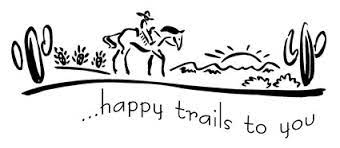
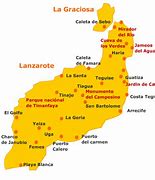
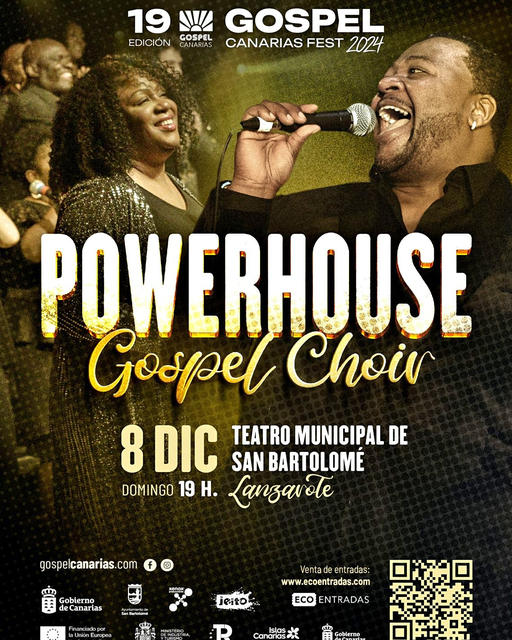
1 ) Live GOSPEL Music On Lanzarote
by Carusoe
We have reviewed on these pages previously a plethora of excellent Gospel concerts. Lanzarote Gospel Choir was our first introduction to a live Gospel concert and their energy and ability to surprise us with selections and new arrangements and massively enthusiastic performances was always a given,


2 ) Live Jazz In Reading
Jazz in Reading is a not-for-profit association of six ‘nuts’ who share a passion for jazz and seek to promote the best of live jazz with the presentation of regular concerts under the banner Jazz at Progress in the convivial surroundings of Reading’s Progress Theatre, and by publicising jazz events across the Thames Valley on the Jazz in Reading website.
The 96-seat Progress Theatre has a special atmosphere, with excellent sound and lighting, is fully-accessible, has car parking and a well-stocked bar.
Progress is beloved of audiences and musicians alike. Since 2012 it has staged a broad range of jazz styles with the remarkable instrumental and vocal talents of such great artists in British and International jazz as Greg Abate, Brandon Allen, Gilad Atzmon, Alan Barnes, Chris Biscoe, Christian Brewer, Darius Brubeck, John Etheridge, Ethan Everson, Steve Fishwick, Alex Garnett, Ray Gelato, Gabriel Garrick, Arun Ghosh, Leon Greening, Stuart Henderson, Henry Lowther, Tony Kofi, Georgia Mancio, Claire Martin, Derek Nash, Alison Neale, Nigel Price, Rebecca Poole (aka Purdy), Orphy Robinson MBE, Karen Sharp, Martin Shaw, Andy Sheppard, Gwilym Simcock, Art Themen, Jean Toussaint, Matt Wates and Byron Wallen.
‘Progress audiences listen,’ commented one musician who regularly plays at London’s top jazz spots such as Ronnie Scott’s. Multi-instrumentalist Ben Holder said, ‘It’s a great venue. We had a blast. Brill audience!’
Jazz at Progress is also proud to support the emerging talents of young musicians such as Xhosa Cole, BBC Young Jazz Musician of 2018, Tom Smith, a 2014 and 2016 finalist in the BBC Young Jazz Musician Competition, Alex Hitchcock and Jonny Mansfield, winner of the 2018 Kenny Wheeler Jazz Award.
The Jazz in Reading website carries details of all Jazz at Progress concerts as well as a gig calendar which reflects the vibrant local jazz scene with its comprehensive listing of where and when jazz can be enjoyed across the Thames Valley.
The Jazz in Reading team aim ‘to make it happen’ and look forward to seeing you at a future event.
sidetracks & detours recommend that you check-out the Jazz In Reading website and add your name to the e-mailing list so that you can regularly receive updates on Jazz in Reading events at venues such as
Pangbourne (WMC) Jazz Club
Rosewood Hall, Whitchurch Road
Pangbourne RG8 7BS
which is a really nice venue in a beautiful setting, offering club bar prices and ample parking. Pangbourne Jazz Club is delighted to be here. The Club will run every first Sunday in the month.
At Pangbourne (WMC) Jazz Club tonight is (see below)
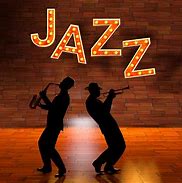
3 ) Live Jazz In Reading Sunday 3rd Nov
LEE GIBSON (vocalist)
previewed by Jazz In Reading
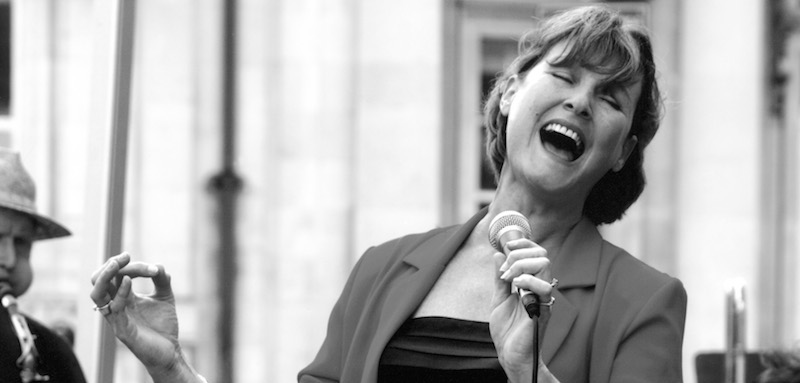
World-class British jazz singers are a rare breed at the moment, but Lee Gibson is certainly one of them. She continues to go from strength to strength, both on record and in person. While Cassandra Wilson leads the female vocal field in America, Lee Gibson has comparable status in Britain.’
(Manchester Evening News)
Lee Gibson is a ‘jazz vocal sensation’
(The Independent).
A nationally and internationally acclaimed singer who has delighted critics and fans alike with her wonderful voice, innate sense of swing and dynamic stage presence.
‘She is that rarity, a swinging singer who has also reached the highest standards of musicianship.’
(Time Out).
‘Subtle…sensuous…joyful…musical’
(The Stage).
A superb, charismatic performer with a reputation for excellence that pulls in the crowds, her live appearances regularly set venue attendance records. ‘Soaring, meticulous vocals….the perfect jazz voice, truly playing it like an instrument’
(Blackpool Evening Gazette)
Lee Gibson has featured in over 1,000 broadcasts on BBC Radio including ‘live’ broadcasts with the BBC Big Band and the BBC Concert Orchestra on ‘Friday Night is Music Night’.
Lee has appeared at The Barbican, The Purcell Room, The Queen Elizabeth Hall, The Fairfields Hall, Ronnie Scotts, seven seasons at Pizza on the Park, the 606 Club, The Spice of Life and at all the major jazz venues throughout the UK and Europe. Festival appearances in the UK and Ireland include Appleby, Ealing, London, Birmingham, Wigan, Marlborough, Edinburgh, Dundee, Newbury, Bude, Derry, Cork, Preston, Swanage, the Isle of Man, Dartmouth and Swansea. In 2016, Lee appeared at festivals in Llandeilo and Abergavenny.
In addition to being one of the UK’s premier jazz performers, her talent continues to be recognised internationally. Lee has performed at festivals in France, Belgium, Germany, Denmark, the Czech Republic, Holland, Sydney, South Africa and represented the UK at the Latvian Jazz Festival in Riga.
As well as working with her own trio and quartet, Lee is a highly respected and accomplished big band singer. In Europe she has recorded and starred with The Netherlands Metropole Orchestra in Holland (‘Night Songs’ released by Koch Jazz), The UMO Jazz Orchestra in Finland, The WDR Band and The Francy Boland Band in Germany and the marvellous Danish Radio Band (conducted by the late great Thad Jones) in Denmark.
Lee accompanied the multi award winning Midlands Youth Jazz Orchestra at the opening night concert of the IAJE conference in Toronto and also appeared at festivals at Topeka and Palm Springs and at The Orleans Casino in Las Vegas with the Ken Peplowski Big Band. Lee has a long association with leading UK jazz independent record label Spotlite Records which has seen the release of three solo albums ‘Songs of Time and Place’, ‘Linger Awhile’ and ‘Here’s to Love’. All have received universal critical acclaim.
Her many film and television credits include ‘Victor Victoria’, ‘Privates on Parade’, ‘The Great Muppet Movie’, ‘An American Tail’, ‘Willow’, ‘Yentl’, ‘The Two Ronnies’, ‘The Morecambe and Wise Show’, ‘Only Fools and Horses’, ‘Barrymore’, ‘The Benny Hill Show’ and 7 Royal Variety Shows.
‘As far as I am concerned there can never be too much Lee Gibson…she lights up any song with her musicality.’ (The Observer)
‘She is, without doubt, the best jazz singer this country has produced in the last 40 years.’ (Digby Fairweather)
Coming next to Pangbourne Jazz Club
17 November: Pete Roth Trio featuring Bill Bruford SOLD OUT
1 December: Simon Spillett, saxophone
5 January: David Shiers’ The Big Colors Big Band
2 February: Andy Panayi, sax and flute

4 ) Live Jazz
MUSIC THAT´S GOING PLACES
previewed by Rob Adams newsletter
Just because the clocks have gone back doesn’t mean gloomy winter is upon us as there’s lots of music around to brighten the early-dark evenings and afternoons.
The Tommy Smith Youth Jazz Orchestra’s class of 2024/25 has a gig in Glasgow (Sunday 3rd) as it prepares for a big event at the end of the month. The cream of Scotland’s young jazz players promise classics from Ellington, Basie, Gillespie and other legends, played with skill, enthusiasm and vigour.

Jazz at the Merchants House in Glasgow has a top European attraction on Sunday 3rd that will appeal to film fans especially and music enthusiasts in general. Italian master drummer Andrea Bonioli has worked closely with film composer Ennio Morricone for almost twenty years and his trio with pianist Raf Ferrari and bassist Andrea Colella plays music that shares Morricone’s love of haunting melodies as well as creating plenty of rhythmical excitement.
Glasgow groove machine Fat-Suit plays gigs in Glasgow (Thursday 14th), Edinburgh (Friday 15th) and Aberdeen (Sunday 17th) to preview the release of the band’s fifth album, its first full release since 2019’s Waifs and Strays. London Jazz News (now UK Jazz News) enthused about the ensemble dynamism and heroic individual exploits on that album and we expect nothing less from these concerts.

Anyone who has caught Blicher Hemmer Gadd’s live appearances in recent years will attest to the passion and skill that this trio brings to its very own take on the soul-jazz tradition. Saxophone melodies that stay with the listener long after the music stops allied to the Hammond organ’s trademark warmth and grittiness and sublime drumming from the legend that is Steve Gadd make this a trio not to be missed. They play Glasgow (Saturday 16th) and Edinburgh (Sunday 17th).
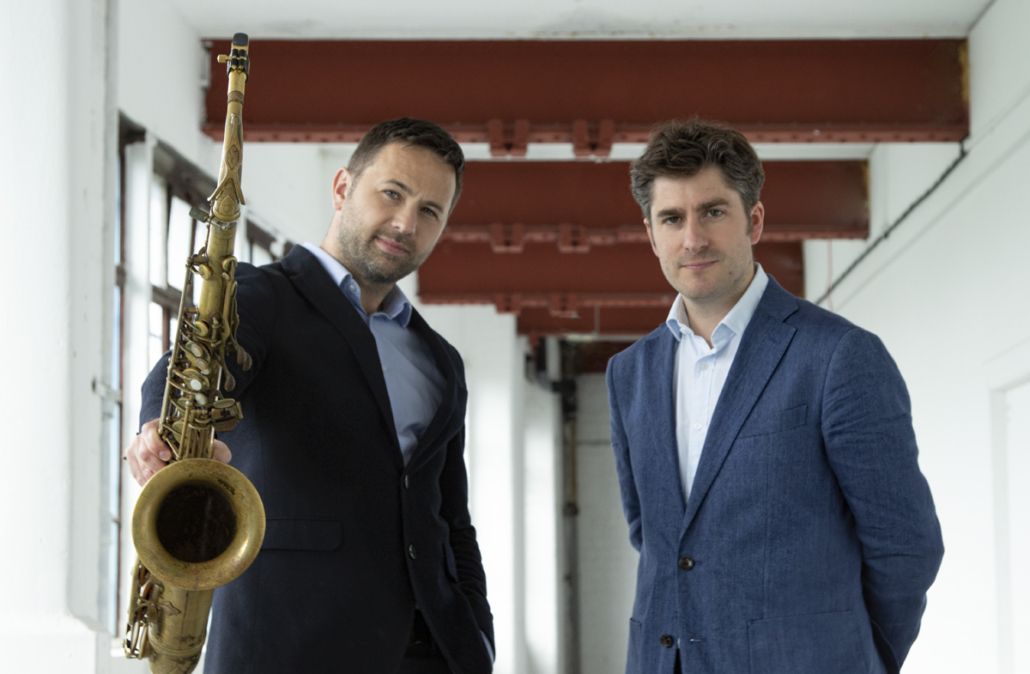
The New Focus Duo of pianist Euan Stevenson and saxophonist Konrad Wszniewski bring their entertaining, informative and informal Classical Connection to Dunfermline on Sunday 17th. Audiences at prestigious music festivals in Perth and Lichfield have borne witness to the ease with which Euan and Konrad switch styles to illustrate the common ground shared by classical composers and jazz musicians. As well as making this a fun afternoon outing, the guys are certain to display serious jazz chops.

The Scottish National Jazz Orchestra is staging what will possibly be Scotland’s biggest ever celebration of Duke Ellington in Glasgow (Friday 29th), St Andrews (Saturday 30th) and Edinburgh (Sunday 1st December). In addition to the SNJO’s mastery of Ellington’s music, which has been honed over almost thirty years, the Tommy Smith Youth Jazz Orchestra will be adding their youthful exuberance on selected compositions and the SNJO’s special guest, vocalist Lucy-Anne Daniels will bring her gospel-influenced soulfulness to Ellington and Billy Strayhorn’s timeless melodies.

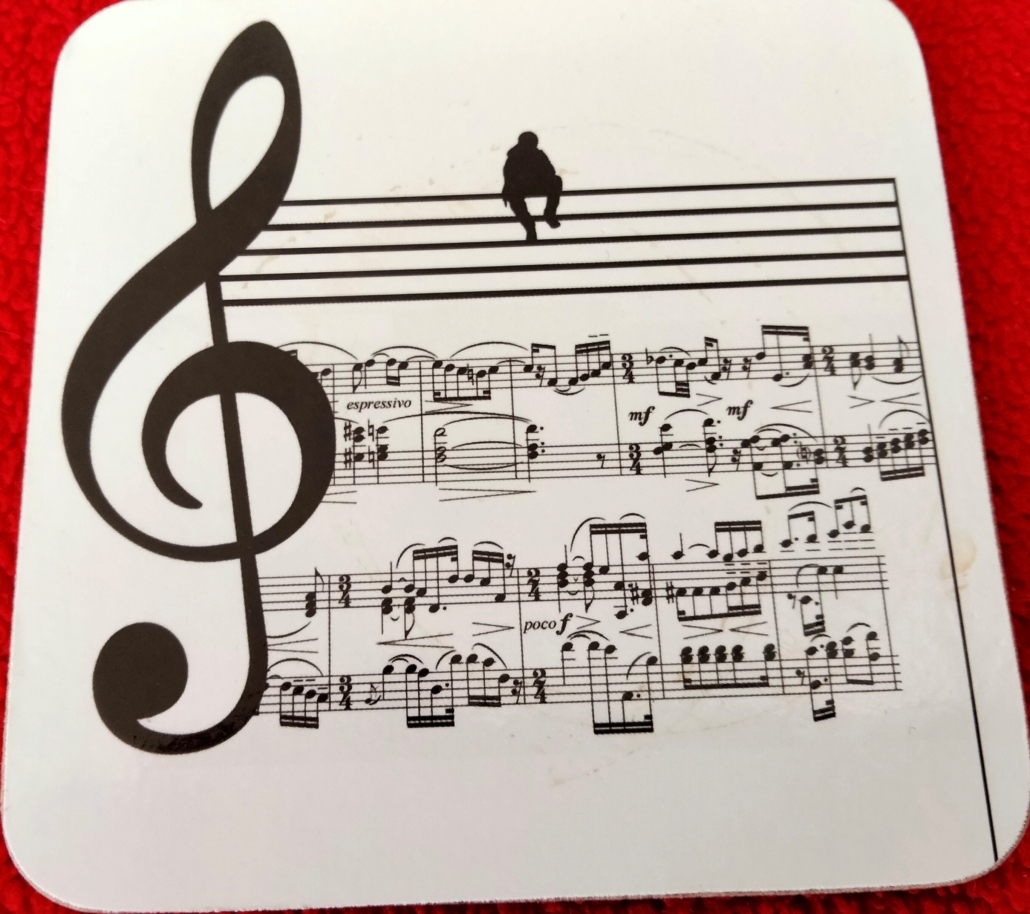
Aberdeen
Blue Lamp
Sun 3: Melody & the Chillers plus Further On (2pm)
Thu 7: Ali & the Rhythm Rascals
Thu 14: Steve Kettley’s Master Planners
Sun 17: Fat-Suit
Thu 21: Aspyrian
Thu 28: Act Shy
Dundee
Bonar Hall
Sat 23: Dundee University Big Band with Ruth Naomi Floyd
Chaplaincy Centre
Sat 23: Brian Kellock (3pm)
Gardyne Theatre
Wed 20: kitti
Fri 22: Colin Steele Sextet
Sat 23: Jacqui Dankworth
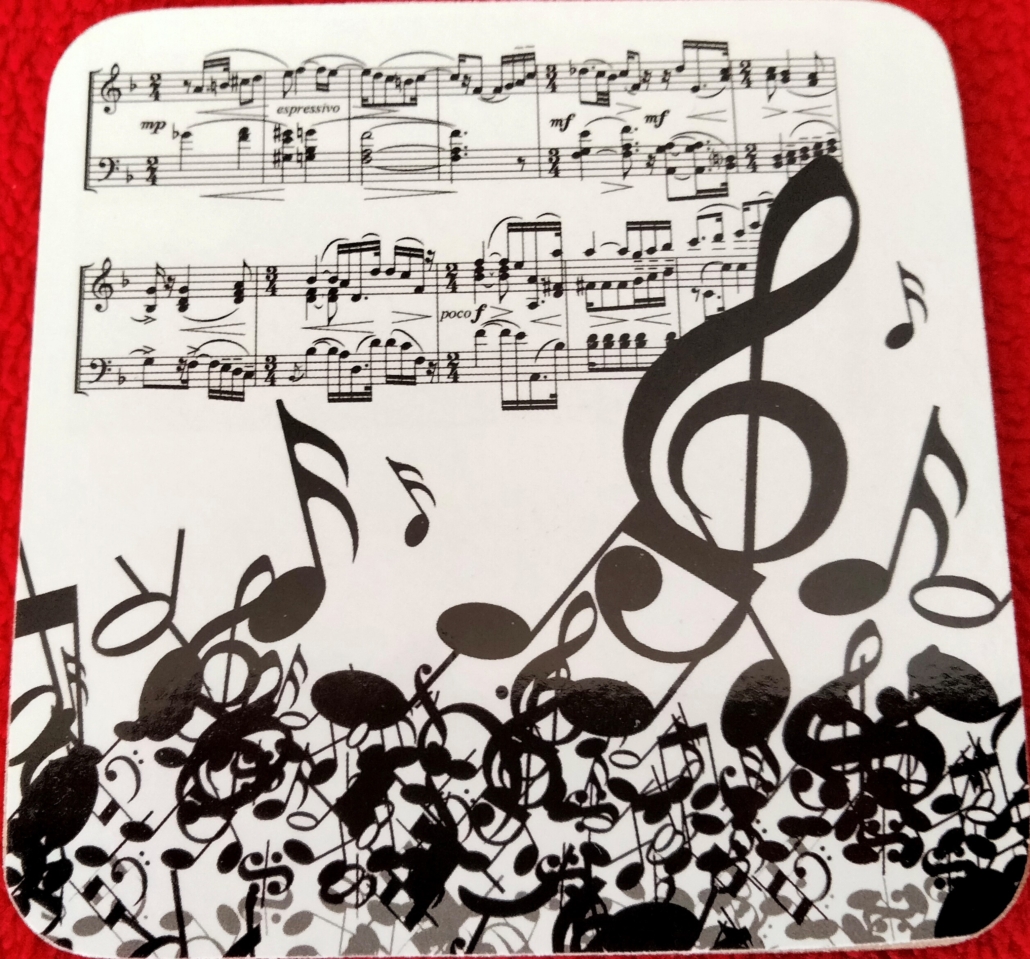
Dunfermline
Viewfield Parish Church
Sun 17: New Focus: The Classical Connection
Edinburgh
Jazz Bar
Sun 10: Mama Terra
Fri 15: Fat-Suit
Liquid Room
Sun 17: Blicher Hemmer Gadd
Outhouse
Thu 14, 28: Playtime
Traverse Theatre
Mon 25: Ali Watson Qrt
Sat 30: Nicole Smit Qnt/McCreadie/Stumbras/Scanroglio/Galeotti
Glasgow
Adelaide Church
Sat 16: Blicher Hemmer Gadd
Cottiers
Sun 3: Tommy Smith Youth Jazz Orchestra (2pm)
Glad Cafe
Tue 12: Act Shy
Fri 22: Roz Macdonald Trio
Sat 23: Aspyrian (1pm)/Emma Johnson’s Gravy Boat
Sun 24: Home/Lands (1pm)/MonomythIk
Glasgow Royal Concert Hall
Fri 29: Scottish National Jazz Orchestra
Merchants House
Sun 3: Andrea Bonioli Trio
Rum Shack
Thu 14: Fat-Suit
Greenock
Beacon Arts Centre
Fri 1: Ali Watson Qrt
Linlithgow
St Margaret’s Hall
Sat 2: Tommy Smith Youth Jazz Orchestra
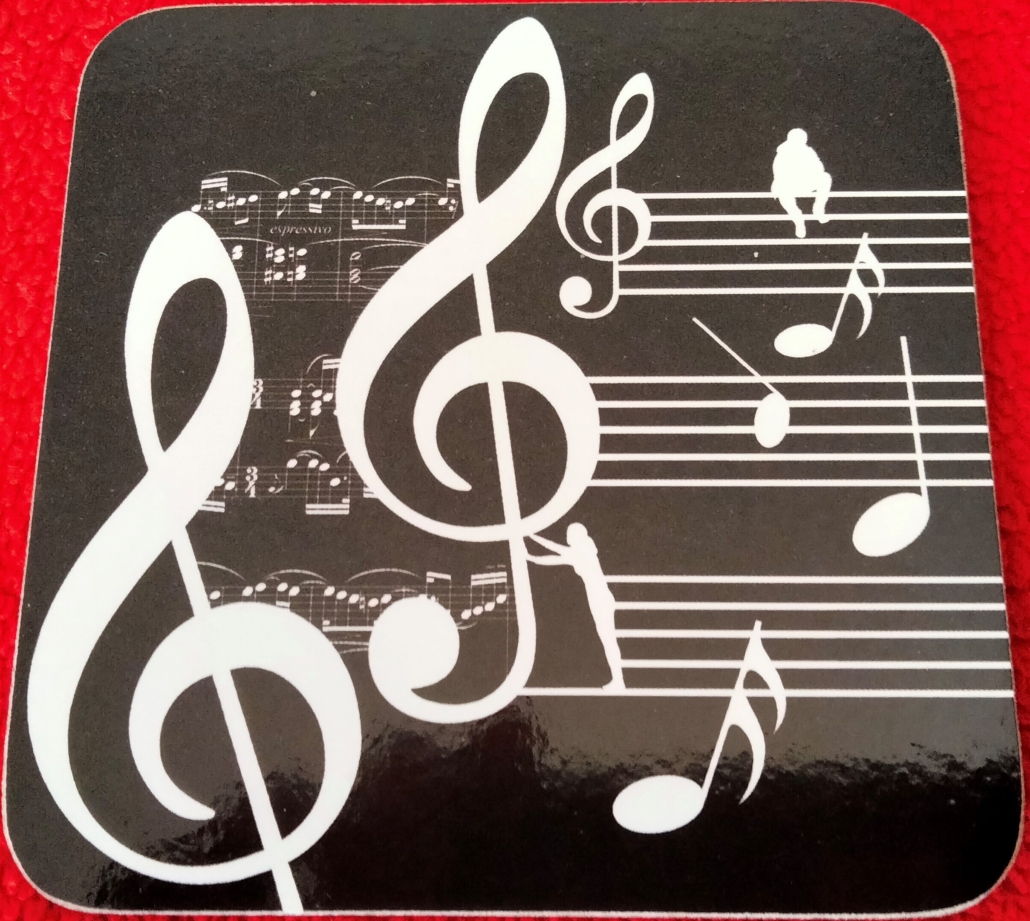
London
606 Club
Fri 1: Brandon Allen-Alex Garnett
Sat 2: Greg Abate
Sat 9: Dave O’Higgins’ Monkin’ Around
Wed 13: Oxley-Meier Guitar Project
Mon 18: Trish Clowes
Fri 22: Shez Raja feat Guthrie Govan
Sun 24: Liane Carroll
Wed 27: Pete Roth Trio feat Bill Bruford
Ronnie Scott’s
Fri 1: James Carter Qnt
Mon 4: Big Chief Donald Harrison
Tue 5: David Murray Qrt
Fri 8: Nikki Yeoh’s Cafe Oran
Sat 9: Jeff Lorber
Fri 15: Kenny Barron Trio
Sat 16, Sun 17: Carmen Lundy
Mon 18: Taylor Eigsti
Thu 21: Shai Maestro
Mon 25: Laila Biali

Nairn
Narn Community & Arts Centre
Sat 2: Louisiana Fairytale Band
Perth
Perth Concert Hall
Mon 25: Jamie Cullum
St Andrews
Laidlaw Music Centre
Sat 30: Scottish National Jazz Orchestra
The above isn’t intended to be comprehensive;
other gigs are available.

Saxophonist Phil Bancroft adds to his Myriad Streams catalogue with his Indo-Scottish trio The Beautiful Storms’ Hungry Star. Featuring Phil with Delhi-based tabla master Gyan Singh and Scotland’s own ultra-creative guitarist Graeme Stephen, this is a group that positively sings with ideas, energy and melodic improvisation. Cork-born pianist John Donegan’s Irish Sextet has been earning superlative reviews for its continuation of the Jazz Messengers’ melodically direct, rhythmically grooving tradition. The band’s third album, We Will Meet Again, Sometime has been praised and played on radio across the US as it introduces an additional voice, guitarist Hugh Buckley on a tribute to John’s friend and mentor, guitar master Louis Stewart. .

The reactivated Livia Records continues to champion Louis Stewart also, with the latest addition to its catalogue being the companion album to a set of concerts that had promoters and guitar fans salivating in the 1980s. Louis and Martin Taylor met while working with violinist Stephane Grappelli and they kept the acoustic format that Grappelli favoured when they formed a touring duo. Effervescent is the word that keeps recurring to describe Louis and Martin’s partnership and Acoustic Guitar Duets more than lives up to this description.

Playtime’s regular Thursday night adventures into new music in the Outhouse in Edinburgh have a long-awaited companion album. Recorded during lockdown and featuring an illustrious array of international guests – including trumpeter Laura Jurd, saxophonist Iain Ballamy, vibist Corey Mwamba and cellist Ernst Reijseger – Morse Code Through The Lights is a triumph of creative music over adversity. UK Jazz News described it “a collection of highly accessible music, by turns thought-provoking, challenging and entertaining”.

Love Unrequited is one of saxophonist Tommy Smith’s most deeply personal releases across his forty-year recording career. Recorded in New York when Tommy and pianist John Taylor were over for the sessions that produced Tommy’s all-star Evolution album, these duets are understated and illustrate the understanding that grew between Tommy and JT from their first concert together in a quartet with bass master Arild Andersen and drummer John Marshall. Both Johns have now left us, so Love Unrequited is in a sense a requiem for departed friends, and it’s beautiful.

Jazz On Air
HOT BISCUITS
served by Steve Bewick
xxxxx
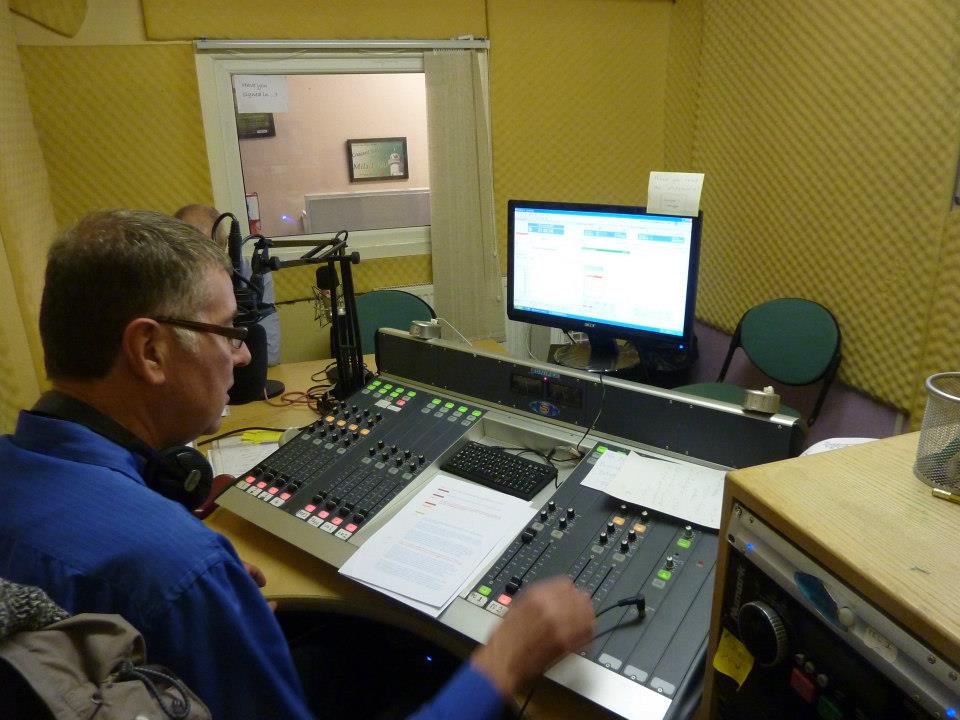
Jazz enthusiasts are in for a treat with the upcoming Hot Biscuits’ Jazz show, featuring a line up that promises a rich tapestry of sounds and rhythms. The Ken Serio Jazz Trio, known for their dynamic performances, will grace the stage, bringing their signature blend of energy and improvisation.
My colleague, Gary Heywood-Everett, continues his ‘Jazz Warriors’ project by delviong into the diverse influences that shape the jazz landscape, showcasing the genre’s global reach. Martin Archer & Jan Todd’s ‘Concentric’ is set to mesmerize with intricate melodies, while Graham Harvey’s Quartet invites listeners to a ‘Tropical Paradise’ of lush musical landscapes.
Alec Harper Quartet’s live set from KSTV promises to captivate with its raw, unfiltered jazz expression.
Douyé Theartist’s rendition of ‘Round Midnight’ adds a touch of timeless elegance, a personal favourite that resonates with the soulful hours of the night.
The John Crawford Quartet’s ‘End Game’ offers a compelling narrative through music, leading to the grand finale with Howard Alden’s performance at the 21st NW International Guitar Festival, a testament to the enduring allure of the guitar in jazz.
This line up is a celebration the past, present, and future of jazz inviting audiences to tune in and experience the magic
Don’t miss this auditory feast that promises to be a highlight for jazz lovers everywhere-
All you need to do is follow the link below, listen to the broadcast and then take the link and PASS IT ON to your like-minded fellow jazz fans.
Thanks, Steve Bewick: Radio broacaster
atwww.mixcloud.com/stevebewick/
24/07. Don’t miss this auditory feast that promises to be a highlight for jazz lovers everywhere.
Thanks to you both.
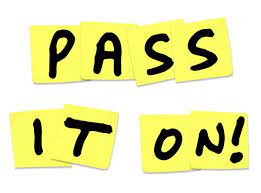


5 ) Live Music
ROCHDALE LIGHT ORCHESTRA
Autumn Concert Wednesday 13 November
news from Graham Marshall
I’ll be conducting the Rochdale Light Orchestra in a concert of light-hearted, easy listening music on Wednesday, November 13th at 7.30pm in St. Michael’s Church, Bamford. The programme will include music by Robert Farnon (How Beautiful Is Night and Portrait Of A Flirt), Granados (Maria and The Ultimate Pavane), Offenbach (Can-Can). and the March, Blaze Away by Abe Holtzman along with a performance of my own Five Whimsies. which I wrote as a short entertainment back in 1958!
There’ll also be arrangements of The Nearness Of You and I’m In The Mood For Love – well, I do enjoy the mid-20th century tuneful songs with their often lush harmonies!
So, have a look at our publicity flier (right), then please do come along, if you can.
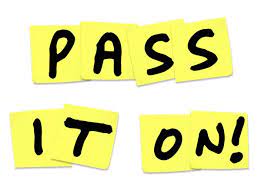

6 ) Reader´s Perspective. All Points Forward
QUAD STUDIOS: Briggs & Putnam
by Peter Pearson

David Paul Briggs was born in 1943, in the small town of Killen, Alabama, located less than 20 miles from Muscle Shoals and it´s, at that time, fledgling music industry. Music was an early part of his life and he learned to play piano before age 14. Norbert Putnam was born in 1942 in Florence, Alabama. His father played bass in a local band and Norbert soon mastered the instrument.
Whilst still in their teens the pair formed a local band with drummer Jerry Carrigan (right). After a couple of years they were hired by Tom Stafford, Rick Hall and Billy Sherrill to make demo recordings for a publishing company in Muscle Shoals, Alabma. In doing this, they learned how to work as a team to create arrangements for new songs.
When Rick Hall opened his soon to be famous FAME (Florence Alabama Music Enterprise) Studios, originally in Florence then shortly after in Muscle Shoals, the trio followed and became what is known as the first generation of the Muscle Shoals Rhythm Section. It was here that they played on hits for Arthur Alexander (You Better Move On-later covered by the Rolling Stones) The Tams and Tommy Roe (Everybody). The FAME rhythm section backed Tommy Roe and the other opening acts on the Beatles’ very first U.S. concert in 1964.
As the word got around about the sounds coming out of Muscle Shoals, several producers based in Nashville started recording there. Whilst they loved recording with the rhythm section they were not keen on Muscle Shoals as a location. When Nashville music moguls Felton Jarvis, Ray Stevens and Bob Beckham encouraged the Muscle Shoals musicians to move to Nashville, promising they would make more the first year than they were making in Alabama, Briggs, Putnam, and Carrigan seized the opportunity to join the famous Nashville A Team of studio musicians and made the move to Nashville in 1964.

Both Briggs and Putnam (shown left, and below right with Elvis) adjusted easily to the Nashville way of recording. Here is a little story Putnam tells about how producer Owen Bradley went about selecting new session players:
“It was 1964. I was twenty-two years old. Owen called me, he said, I want you to play the Belle Meade Country Club. I’d never played with Owen Bradley and I said, what kind of music is this? Owen said, well, it’s just gonna be my trio, it’ll be acoustic bass, drums, and my piano. I said, well, Owen, my weakest suit is Gershwin chords. You know I’m an R&B bass player from Muscle Shoals. He says, well, look, I want you to come out there anyway. Bring your acoustic bass and don’t worry about it. So I go out to the Belle Meade Country Club very much worried that when Owen Bradley realizes that I don’t know all the changes to Satin Doll and Take The A Train, he’s gonna say, later with you, kid!
Let’s start with Dancing On The Ceiling, he says. I’ve never heard this song in my entire life. And he says, In E-flat. I say, great. He says, don’t worry, just watch my left hand. Well, hell, his left hand was all over the keyboard—it was meaningless to watch it. So I sort of stumbled through Dancing On The Ceiling. And then he called out another one, and I sort of stumbled, well, I stumbled all night. And at the end of the evening, he says, well, let’s stop in Belle Meade and get a corn dog. So we stop in Belle Meade and he says, Kid, not bad, you found most of them. That’s what he said. He wanted to see how good my ears were. And he said, I’m gonna make you third bass on my sessions. If I can’t get Bob Moore, and I can’t get Junior Huskey, you’re gonna get the call”.
The call came almost immediately and there was no shortage of them as the number of sessions in Nashville grew exponentially. David Briggs says that he played 140 recording dates in Nashville in his first year. More than half as many as he had done during his entire time in Muscle Shoals.
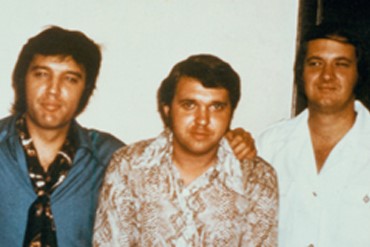
Briggs biggest break came when he was called into the recording studios to stand in for Floyd Cramer, who was three hours late for one of the recording sessions. The sessions involved work on Presley’s How Great Though Art album. Floyd Cramer’s loss was David’s gain as he also got to play piano on Love Letters. Elvis liked David and was impressed with his style and versatility. He was asked to stay on and play organ on the rest of the sessions after Floyd returned to play piano. David continued to record with Elvis until his final recording sessions in 1976. He played electric piano on the very first part of the 1975 Las Vegas engagement and later joined Elvis and the rest of his band, both recording and touring. Sometimes these involved giving up his Nashville sessions.
Briggs and Putnam became part of the younger group of session players called in for the growing number of rock, folk and R&B recordings being made in Nashville. Eight of their number formed a band called Area 615, making two albums in the southern rock and blues genre.
In 1970 Briggs and Putnam decided to open their own studio called Quadrafonic Sound, located on Music Row. Their aim was to attract non country artists to record in Nashville. Elvis had been recording at RCA there for some time but it took Dylan in 1966 to open the floodgates to the non country folk- rock singer songwriters that followed in his wake.
Neil Young recorded his Harvest album there in 1971 and was followed by the likes of Joan Baez, Jimmy Buffett, Dan Fogelberg, Joe Walsh and Michael Jackson. Nashville producers were not too happy with this as these artists brought their own songs and had existing publishing contracts.
Briggs developed a sideline arranging award winning jingles, singing background vocals and producing albums. Putnam also became a producer and arranger and his work began to take him further afield from Nashville.

In 1972 Briggs decided to buy another property a few blocks from Quadrafonic because it was in such demand that he had difficulty getting access to it for his own projects. The studio was named House Of David and is one of the few original old houses converted to a studio still existing on Music Row.
The pair sold Quadrafonic in 1980 for a handsome profit. It was renamed Quad Studios and in 2014 was sold again, renamed Sienna Studio and brought up to state of the art condition.

7 ) remember, remember
MILTON’S NOVEMBER
by Michael Higgins

My English teachers used to tell us that there were three ‘greats’ in English poetry: Chaucer, Milton and Shakespeare. All further glories of the poetic arts stemmed from their fountains and other poets paled in comparison. As I touched on last week, Geoffrey Chaucer wrote his poetic masterpiece, The Canterbury Tales, in the last quarter of the fourteenth century. It describes and expounds on 29 pilgrims, with their often racy storytelling, as they wend their way on pilgrimage to St Thomas a Becket’s shrine in Canterbury Cathedral. Modern academia nowadays downplays Chaucer and his archaic words and spelling. Nottingham University has started giving him trigger warnings.
John Milton has also fallen in academic esteem. As Latin Secretary to Oliver Cromwell he survived the Royalist retributive prosecutions after 1660 largely because of his blindness and his standing as an epic poet. His epic masterpiece ‘Paradise Lost’ long held the prize for its telling of rebellion in Heaven and the struggle for the soul, not only of Adam and Eve but for the soul of future mankind. Writing after the English Civil Wars and twenty years of failed rebellion, many readers since have wondered whether or not Lucifer or God and the angels, are the real heroes of his story. I liked him and once won a poetry competition reciting his sonnet ‘On His Blindness’.
And then there was Shakespeare who has not captured me in the same way. I have been to see many of his plays of course over my lifetime but his legend and brand are now so powerful I am afraid that I have fallen out of his ken. Or he has fallen out of mine somehow.
Chaucer I have loved since first reading him as a teenager, becoming at the time a keen medievalist. And Chaucer has inspired many a later poet, including another love of mine, John Masefield, in his 20th century Shropshire style tale of Reynard the Fox. Milton too has even influenced Lancashire dialect poets such as Samuel Laycock. Incredibly, he has influenced a whole experience of Guy Fawkes remembrance and bonfire night singing, in an English translation of his 1626 Latin poem In Quintum Remembris (On Fifth November). This of course has been immortalised in the traditional English translation: ‘Remember Remember the Fifth of November’, commemorating the Gunpowder Plot of 1605.
Remember, Remember the Fifth of November!
The gunpowder, treason and plot.
I know of no reason why the gunpowder treason
Should ever be forgot!
In my childhood days before my parents took me to live in Canada at the age of nine, Bonfire Night, or Guy Fawkes Night on the Fifth was a glory night of the year. I recall as if it were yesterday my primary school teacher reading us the story of the Gunpowder Plot and the treacherous plan of disgruntled Catholics to blow up the Houses of Parliament, King James I/VI, the two royal princes and all the assembled commons and lords. In gruesome detail we learnt of the arrest of ex- Spanish army explosives expert Guy Fawkes in the parliament cellars, along with his umpteen barrels of gunpowder. A thankful parliament had decreed that forever after the 5th of November would be a national celebration. With adjustments to the calendar later blurring dates, the annual event gradually absorbed the traditional All Hallow’s Eve bonfires (31 October) and the latter event became less and less a significant celebration, being relegated to a ‘mischief night’
Whatever ‘pagan’ throwback All Hallows Eve had ever had has now been thrown into doubt by recent scholarship which suggests the associations of carving turnip jack o’lanterns and dressing up were merely part of the Wake or vigil of Hallowtide with its celebration of the All Hallows and All Souls on 1st and 2nd November. Any dressing up may have been done for the begging for Soul Cakes on All Souls. And Hallowtide is a commemoration of, and meditation on, the departed souls of recent and long lasting memory.
In my day the days before the Fifth were taken up by young boys collecting wood to make a bogey for an effigy of old clothing stuffed with straw to represented wicked old ‘Guy’. The Guy would then be wheeled round the neighbourhood from house to house while the attendant boys would sing the ‘Cob-coaling Song’ in return for a contribution to the fireworks fund. A placard on the Guy read ‘A penny for the Guy!’ On the great night, once the fireworks had all been fired off, Guy was ceremoniously set atop the bonfire and set ablaze in a grande finale to the proceedings.

We often used to recite the English language version of Milton’s (left) poem too, but we used to leave out the very harsh anti-popery verses which went:
A rope, a rope to hang the Pope!
A pennoth o’ cheese to choke him,
A pint of beer to wash it down
And a jolly good fire to burn him.
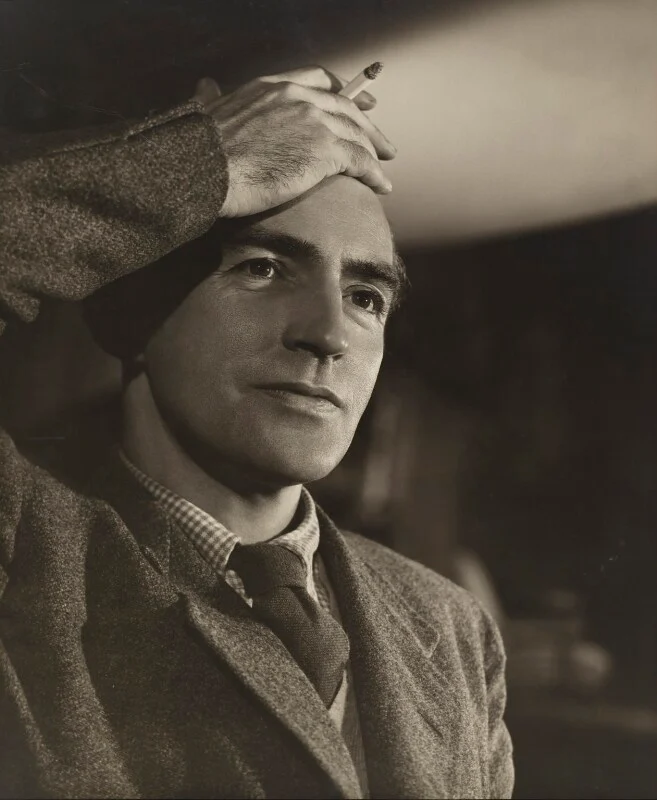
While in Canada however I found that no one held a Guy Fawkes bonfire. Instead they celebrated something I had never heard of: Halloween, with its peculiar Canadian custom of dressing up as witches and ghosts whilst going from house to house begging for treats with the cry, ‘Shell out! Shell out! The witches are out’. They disdained that hideous American shouted threat: ‘Trick or Treat’, which meant shell out or be window – soaped or doorknob-greased out. But as a teenager I read voraciously and thrilled to read in Christopher Fry ‘s retro blank verse play ‘The Lady’s Not for Burning’ that All Hallows Eve did of course have a history in England as a mischief and mystery night with a sort of theatrical view of the supernatural.

But then I also first read Anglo American poet T.S. Eliot’s (right) The Wasteland, and his equally powerful poem The Hollow Men, which begins with a quote from the Bonfire Night figure of my childhood: ‘A Penny for the Guy’. In Eliot’s poem, the hollow men ‘heads stuffed with straw’ are the spiritually dead men of modern life.
When I returned to England one November as an adult I made sure I was in time to see a traditional bonfire. Alas the old backyard communal bonfires and smaller affairs on open ground were even then on the wane. But larger civic and park bonfires and fireworks were still popular with everyone. Alas old Guy was not. Whether sensitivity to the real Guy being a Yorkshire Roman Catholic, and burning Catholics was rather insensitive, or a loosening of tradition were a cause of his fading away I cannot say. Today he seems to be restricted to the extremely grand public Guy Fawkes parades in the southern English town of Lewes. And there they still do burn the Pope as well as Guy! But elsewhere health and safety rules, and insurance costs, are slowly diminishing Bonfire Night as we once knew it. Here where I live the council has ceased having a bonfire and fireworks display on Oldham Edge and has opted instead to have an ‘Autumn Festival’ in the centre of Oldham. But boys being boys, individual fireworks seem to be set off at random at all hours weeks before and weeks after the Fifth as a further diminution in the power of the great day itself.
I last had Cob-coalers singing their song: ‘We come a cob-coaling for bonfire neet’ in the 1980s, about the time the film ET came out with its depictions of American children going out Trick or Treating at Halloween. This is alleged to have started the modern phenomenon of Halloween commercialism in England and is now a multi million pound commercial endeavour in house decorations, costumes and spook themed parties.
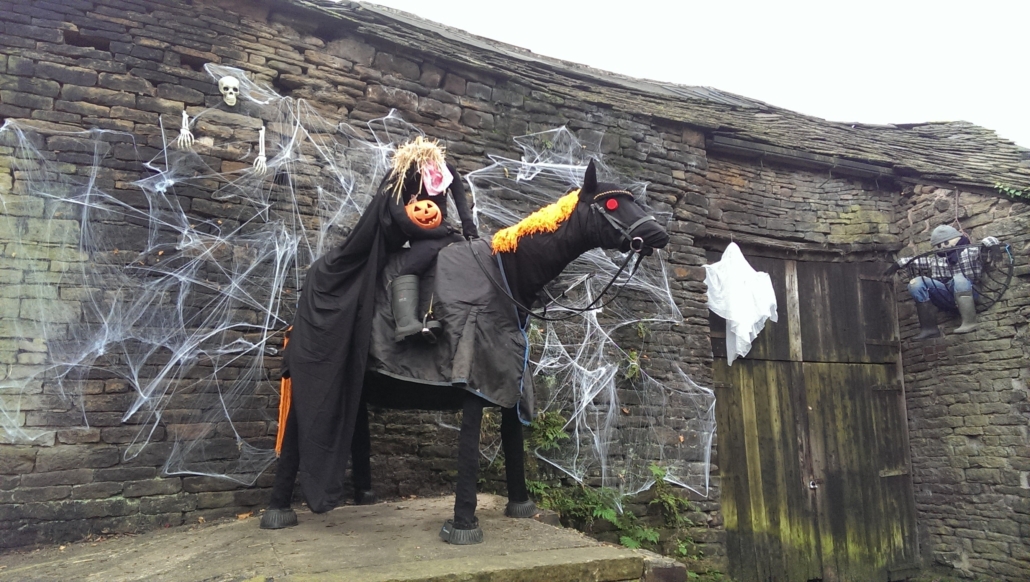
(A splendid effigy (right) of the headless horseman from Sleepy Hollow has suddenly appeared at an old barn not five minutes walk from my house). And it means that now English children come to my door in spooky costumes asking for sweets instead of money to buy fireworks for a communal sparkling display.

But like my bonfire night reminiscences I find the few children that do dress up and knock on my door very unmusical and very unsure of what to say when I do open my door. Some say ‘Happy Halloween’. Some say absolutely nothing . Thankfully this year no one dared to say ‘Trick or Treat’! My carved English turnip and Canadian Pumpkin may have frightened them of course but I remember when the Halloween custom first started here in the 1990s. I recall the children singing a wonderful eerie song beginning ‘We are the Witches of Halloween whoo-hoo/And we’ve come to frighten you whoo-hoo!´ I wish they’d go back to that.
But I must blame myself. Perhaps I took old Bonfire night with me all those years ago when I lived abroad and instead brought Halloween back with me instead. I do remember both as they were in my youth. And I do have a local bonfire and firework display at my local cricket club to go to this year. Perhaps I should make a Guy for old times sake for the attendants to throw onto the fire. As they do so I will remember not only Mr Fawkes but Epic Poet John Milton whose Englished Latin poem ends in one version with ‘Holloa boys! Holloa boys! make the hills ring!/Holloa boys! Holloa boys! God save the King!
But then with Parliament, kingship and general spirituality at a low ebb in the mind’s eye these days, perhaps I should keep quiet and just enjoy the show. And of course there is Eliot’s idea of the hollow men stuffed with straw. Oh well, happy burnings!

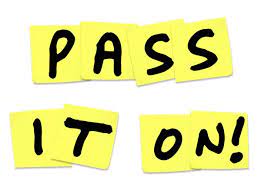



Leave a Reply
Want to join the discussion?Feel free to contribute!